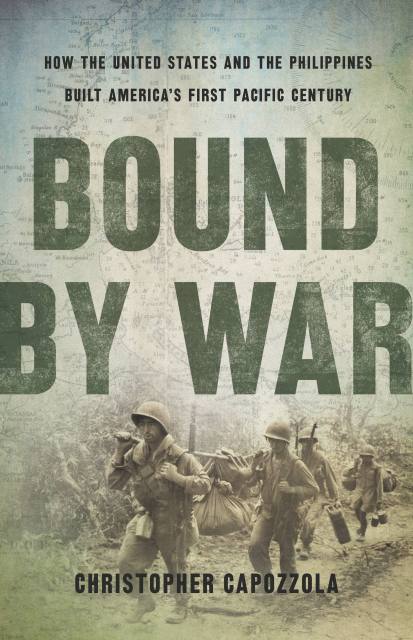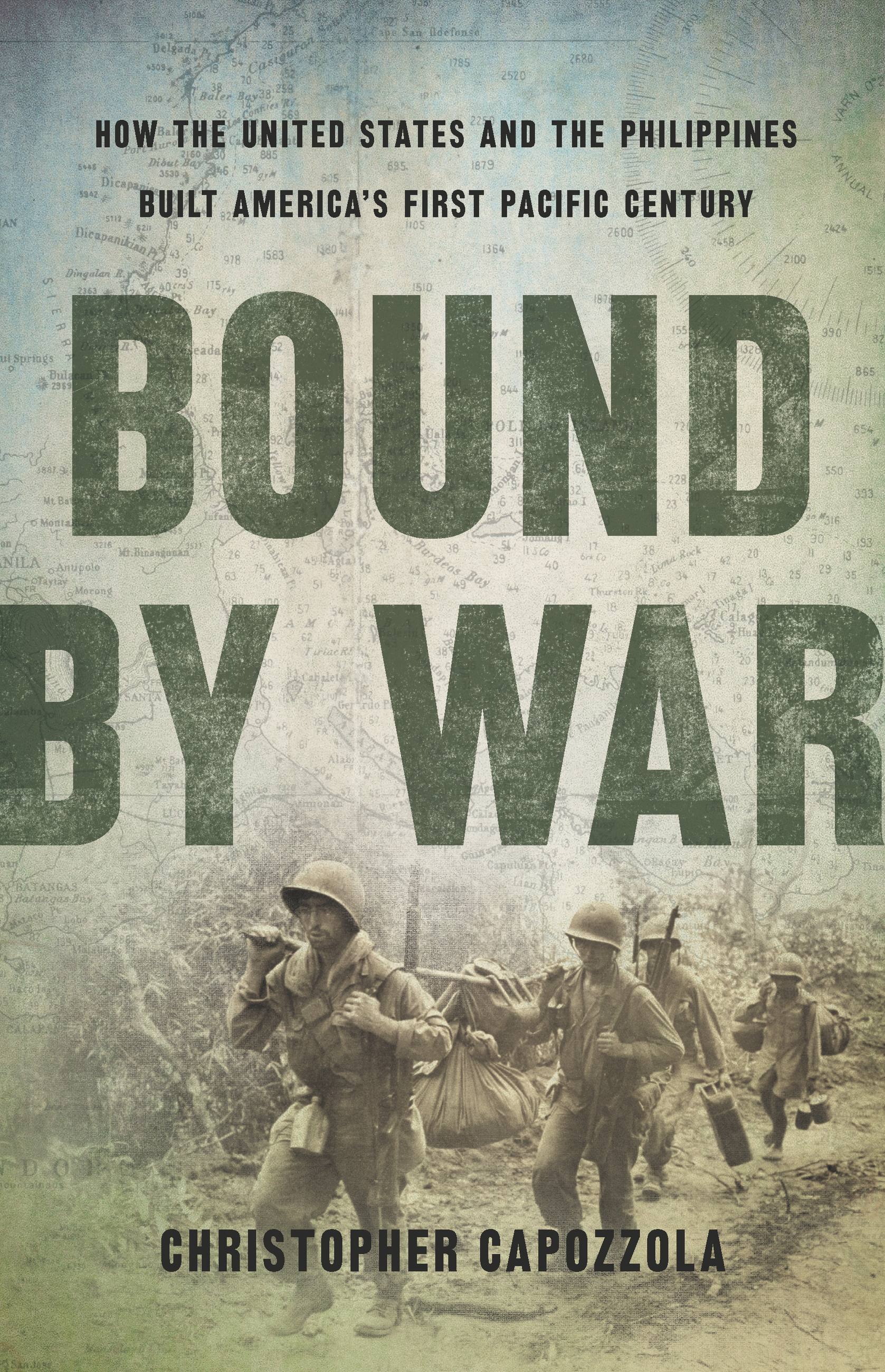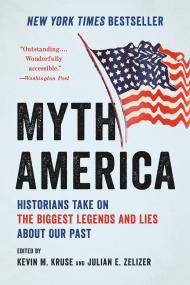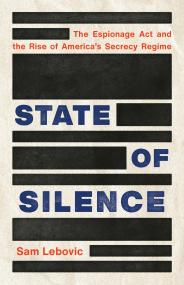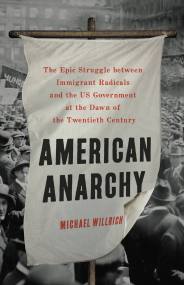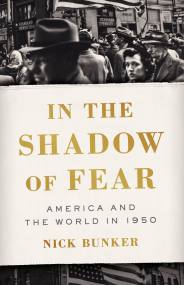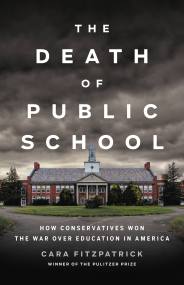Promotion
Use code MOM24 for 20% off site wide + free shipping over $45
Bound by War
How the United States and the Philippines Built America's First Pacific Century
Contributors
Formats and Prices
Price
$19.99Price
$25.99 CADFormat
Format:
- ebook $19.99 $25.99 CAD
- Hardcover $35.00 $44.00 CAD
This item is a preorder. Your payment method will be charged immediately, and the product is expected to ship on or around July 28, 2020. This date is subject to change due to shipping delays beyond our control.
Also available from:
A sweeping history of America’s long and fateful military relationship with the Philippines amid a century of Pacific warfare
Ever since US troops occupied the Philippines in 1898, generations of Filipinos have served in and alongside the US armed forces. In Bound by War, historian Christopher Capozzola reveals this forgotten history, showing how war and military service forged an enduring, yet fraught, alliance between Americans and Filipinos.
As the US military expanded in Asia, American forces confronted their Pacific rivals from Philippine bases. And from the colonial-era Philippine Scouts to post-9/11 contractors in Iraq and Afghanistan, Filipinos were crucial partners in the exercise of US power. Their service reshaped Philippine society and politics and brought thousands of Filipinos to America.
Telling the epic story of a century of conflict and migration, Bound by War is a fresh, definitive portrait of this uneven partnership and the two nations it transformed.
Genre:
- On Sale
- Jul 28, 2020
- Page Count
- 480 pages
- Publisher
- Basic Books
- ISBN-13
- 9781541618268
Newsletter Signup
By clicking ‘Sign Up,’ I acknowledge that I have read and agree to Hachette Book Group’s Privacy Policy and Terms of Use
